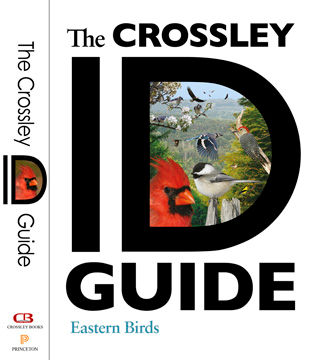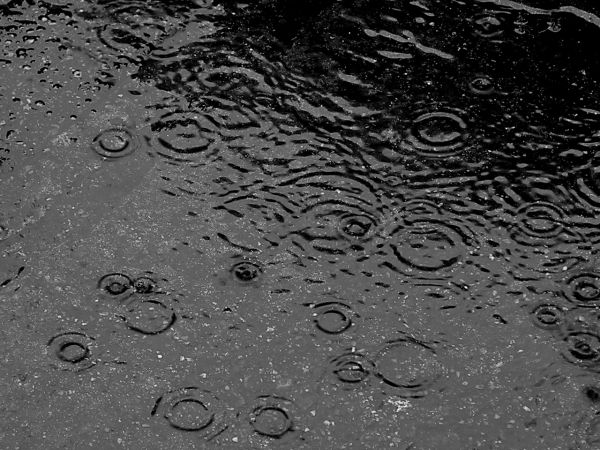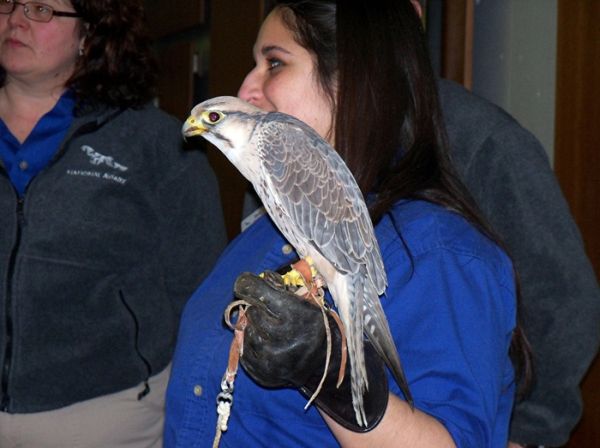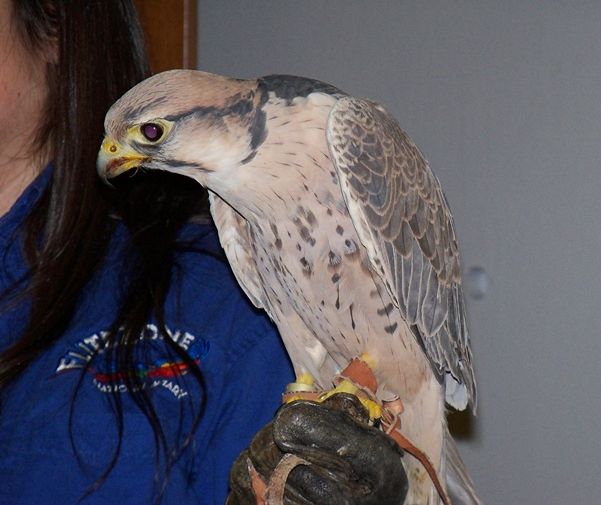
Every year there’s a day in May when birders swarm across New Jersey to raise money for the birds. It’s the annual World Series of Birding, an intense competition that pits teams of birders against each other to see the most species in 24 hours. Supporters pledge per species-seen and the money is donated for bird conservation.
The World Series of Birding raises more than $600,000 for the birds every year. How many species is that? Well, last year there were 52 teams and the winning teams saw 228 species. Wow!
This year a team from Pittsburgh will compete on May 14. Five intrepid birders from the Pitt Birding and Ornithological Club will go for the gold: Lukas Musher (team captain), Jared Feura, Ryan McDermott, Conor Higgins (pictured above) and Ryan Ford (not pictured).
They’ve chosen a name that honors Pitt’s most famous birds — The Pitt Peregrines — and they’ve designated the National Aviary’s Department of Conservation and Field Research, the department that sponsors the falconcams, as the recipient for supporters’ pledges.
Go, team! But they need your help in two ways.
First, you can pledge 5 cents or more per species to support the National Aviary’s Dept of Conservation and Field Research. Click here to read about the department’s programs, led by Dr. Steven Latta.
To make a pledge, email Luke Musher at pittbirdingclub@gmail.com with your name, contact information and pledge per species (example: $0.05/species, $0.10/species, $0.25/species,… $1.00/species, etc.) The team expects to see 200 species so pledge accordingly.
Second, you can help defray the team’s costs. From May 3 to May 14 they’ll be scouting New Jersey to find the best concentrations of birds. To do this they’re taking time off work, buying gas, food and lodging and paying the $115 per person entry fee.
You can help defray their costs by supporting them through the club. Send a check written to “Pitt Birding Club” with “World Series of Birding” in the memo line to their faculty sponsor: Dr. Anthony Bledsoe, Dept. of Biological Sciences, University of Pittsburgh, Pittsburgh, PA 15260. Call Tony at 412-335-5431 if you have questions.
Any money left over from support sent to the Pitt Birding Club will be donated to the National Aviary as well.
Go team! Go Pitt Peregrines!
(photo of the Pitt Peregrines Team from Lukas Musher)
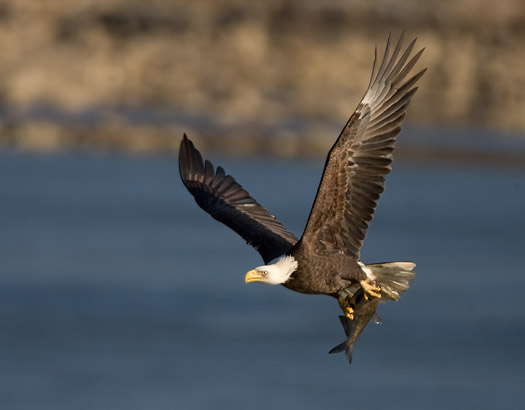

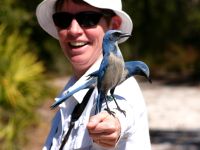 By next Sunday the young peregrines at the Cathedral of Learning will be completely off camera (they’re leaving the nest) but I’ll be on camera on WQED-TV.
By next Sunday the young peregrines at the Cathedral of Learning will be completely off camera (they’re leaving the nest) but I’ll be on camera on WQED-TV.
 Coming soon, my favorite week of the year:
Coming soon, my favorite week of the year: 